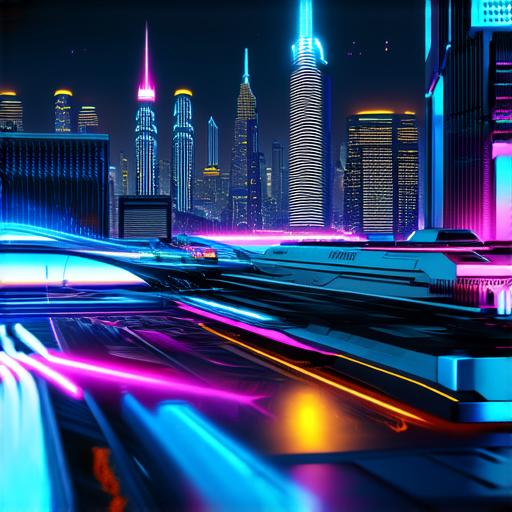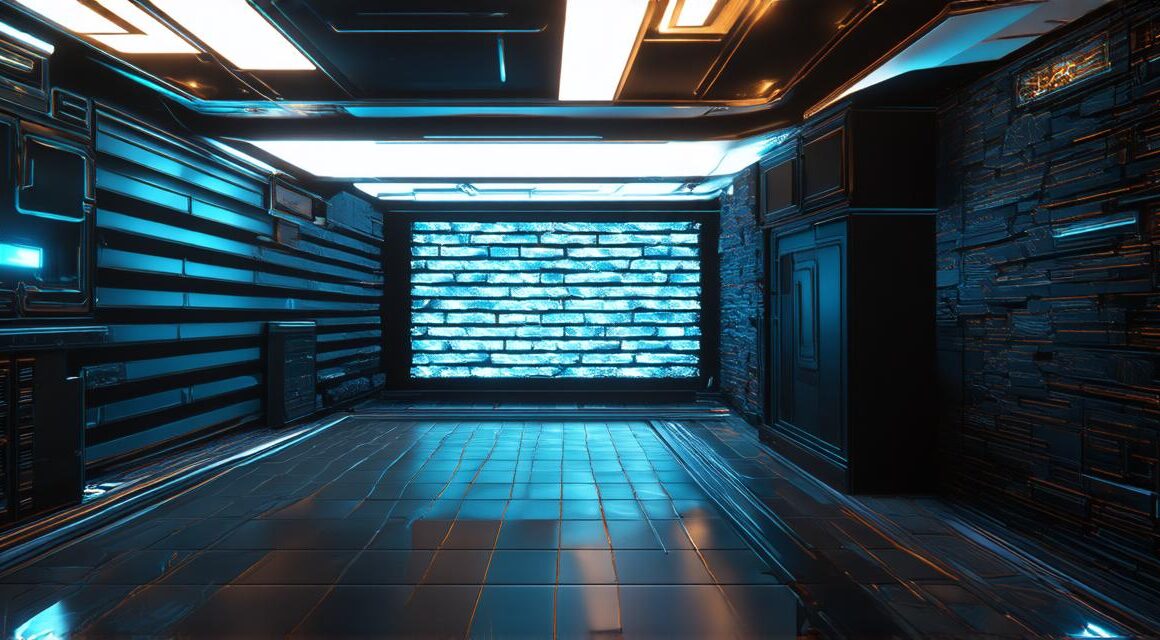Introduction:
Welcome to the world of Unity 3D! As an Unity developer, you’re probably already familiar with creating and modifying 2D objects in your games. But what about 3D? 3D objects can bring your game to life and enhance its visuals, making it more immersive and engaging for players. In this article, we will take a closer look at how to import 3D objects into Unity and see how they can enhance your game’s visuals.
Importing 3D Objects into Unity:
There are several ways to import 3D objects into Unity. One of the most common methods is using FBX or OBJ files, which can be imported directly into Unity. Another way is through a package manager like the Asset Store, where you can find pre-made 3D models and assets that are specifically designed for use in Unity games.
Once you have your 3D object imported into Unity, you can use it to create new objects or modify existing ones. For example, if you have a 3D model of a car, you could use it to create new cars for your game or modify the texture and colors of an existing car to make it look more realistic.
Enhancing Game Visuals with 3D Objects:
Now that we know how to import 3D objects into Unity, let’s take a closer look at how they can enhance your game’s visuals.
One of the biggest advantages of using 3D objects is their ability to create a sense of depth and realism in your game. For example, if you have a 3D model of a forest, it will create a much more immersive and realistic environment for your players than a simple 2D drawing.
Another advantage of using 3D objects is their ability to add detail and texture to your game. For example, if you have a 3D model of a character, you can use it to add intricate details like wrinkles, pores, and hair to make the character look more realistic.
Finally, 3D objects can also be used to create interactive elements in your game, such as buttons, switches, and levers. This can add an extra layer of depth and complexity to your game, making it more engaging for players.
Case Study: Importing a 3D Object into Unity
Let’s take a closer look at how importing a 3D object into Unity can enhance your game’s visuals. Imagine you’re creating a first-person shooter game, and you want to add a new weapon to your arsenal. You decide to create a 3D model of a laser gun and import it into Unity.

Once the laser gun is imported, you can use it to create new laser guns for your game or modify the texture and colors of an existing gun to make it look more realistic. You could also add interactive elements like buttons and switches to the laser gun, making it more engaging for players.
In addition, you could use the laser gun’s 3D model to create a sense of depth and realism in your game by placing it in a variety of different environments, such as a dark alley or a futuristic cityscape.
Comparing 2D vs. 3D Objects:
Now that we’ve looked at how 3D objects can enhance your game’s visuals, let’s take a closer look at the differences between 2D and 3D objects.
2D objects are simple drawings or images that are flat and do not have any depth. They are easy to create and can be used to create simple games and applications. However, they lack the ability to create a sense of depth and realism like 3D objects.



